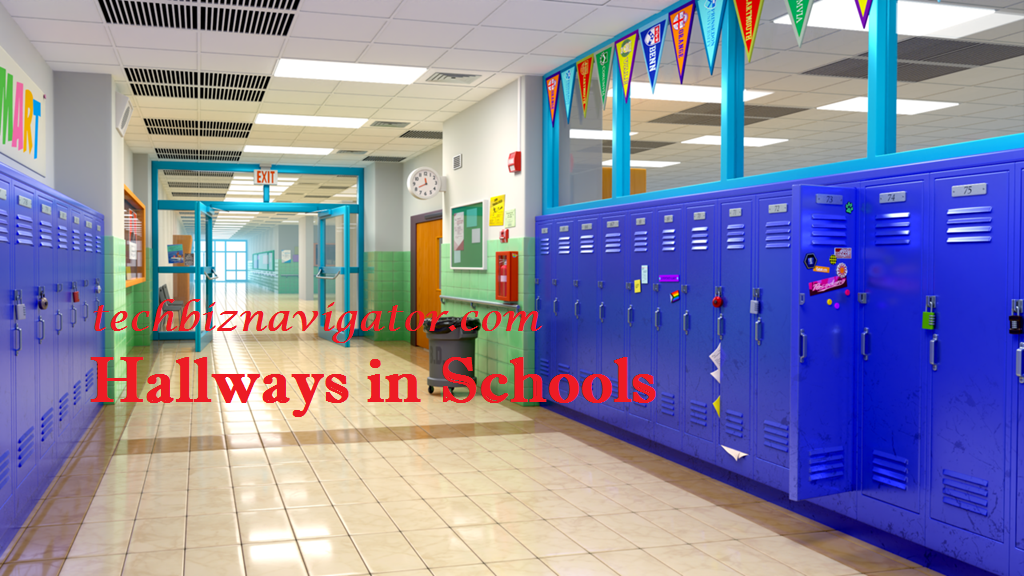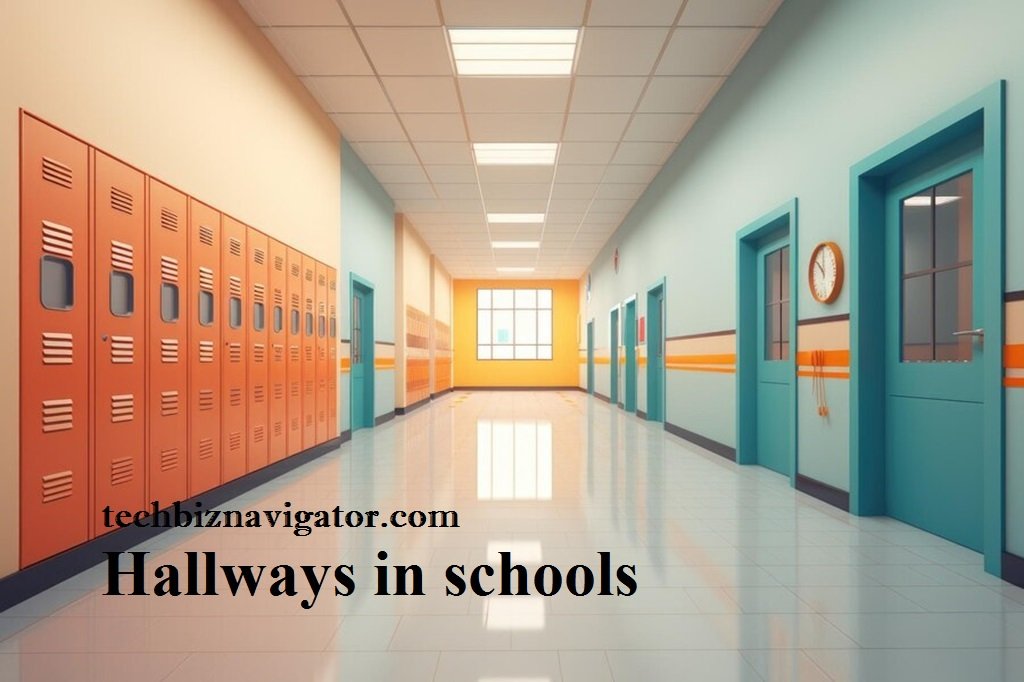Hallways cannot be simply envisioned only as circulatory elements in a school from one classroom to another; they are part of the learning environment as a whole. Similar to the arteries of a school, these hallways help in movement, make provisions for social contact opportunities, and assist in maintaining order and safety. However, crowded hallways in schools and hallway traffic in schools are problems that can make a day at school not as agreeable for both students, teachers, and staff. Effective design and management of these spaces are important in order to have a positive and functional school environment.
The Role of Hallways in Schools
Hallways serve multiple purposes in a school setting. They are the main channels for student movement between classes, and they often become places for informal social interactions. The designs and the management of hallways may most definitely affect the flow of hallway traffic in schools, which in turn significantly impacts the nature of transition from one class to another.
Well-designed hallways in schools lead to a far more orderly and efficient learning environment. As an example, wide hallways will add to one more advantage, that is, easy movement, avoiding overcrowding at peak times such as between classes or during fire drills. Additionally, clear signage and designated pathways can guide students effectively, minimizing confusion and delays.
TABLE
| Characteristics | Schools | Colleges |
|---|---|---|
| Width and Size | Narrower and shorter | Wider and longer |
| Lockers | More prevalent, often assigned to students | Fewer or no lockers, alternative storage options |
| Classroom Proximity | Closer to classrooms, often adjacent | Farther from classrooms, may require more walking |
| Student Traffic | More congested, especially during class changes | Less congested, more spread out |
| Seating Areas | Fewer or no seating areas | More seating areas, lounges, and social spaces |
| Decor and Design | More vibrant colors, educational posters | More minimalist, professional decor |
Challenges of Crowded Hallways in Schools
One of the most prevalent hallway problems in school populations is overcrowding. It makes the school crowded hallways hard to get to class quickly. Stress levels also seem to increase amongst the students due to this problem. Sometimes, it may be even dangerous due to overcrowded hallways; students may fall or get pushed by other kids who are trying to get somewhere quickly.
The reasons for crowded hallways in schools are many. Overcrowding could be due to the layout of a school, inadequate width of the hallways, or poor scheduling that puts too many students in the hallway at the same time. Moreover, the placements of lockers or areas of popular consequence like cafeterias and restrooms will only add to the congestion. Thus, if the design of the hallway does not consider capacity, it develops as bottlenecks that needlessly disrupt the flow of students, causing much stress.

Hallway Traffic Management in Schools
Effective management of hallway traffic in the school is the most important thing to reduce the adversities of overcrowded corridors. All this can be undertaken to improve traffic flow and provide a safe environment to all by the school.
Staggered Scheduling
One of the most effective ways to ensure less-crowded hallways in schools is staggered scheduling, which involves the release time of various grades or classes. This strategy avoids bottlenecks and reduces the density of hallway traffic when many students are moving from one class to another.
Clear Signage and Pathways
Signs and clear pathways can facilitate better hall traffic in schools. For instance, schools can indicate which sides of the hallway are to be used while walking in a particular direction, just like the traffic rules. There could also signs put up reminding the students to keep moving or to walk on the right to avoid congestion and keep people moving at a quick pace.
Wider Hallways
Where feasible, designing or retrofitting schools with wider hallways can alleviate congestion.This physical change can have a significant impact on reducing crowded hallways in schools, especially during peak times. Wider hallways allow for better distribution of students and reduce the chances of accidents or altercations.
Technology Use
Another way hallway traffic in schools could be regulated is through the use of technology. Cameras and sensors would provide real-time data about the patterns of the traffic. In this way, the administrator will be able to identify problem areas and change the schedule or pathways as needed.
Hallway Traffic Management
A culture of respect and cooperation among students will also go a long way toward hall traffic management. Encourage the children not to block the hallways but to be aware of their surroundings and show respect for other people’s space.
FAQs
1. Why are hallways important in schools?
Hallways in schools are essential for facilitating movement between classrooms, promoting social interactions, and contributing to the overall school culture. They serve as vital spaces where students transition between classes and engage with their peers.
2. What challenges do crowded hallways in schools present?
Crowded hallways can lead to accidents, delays, and stress for students. They can also exacerbate bullying and create a less safe environment. Making it harder for students to get to class on time and focus on learning.
3. How can schools manage hallway traffic effectively?
Hallway flow at schools could regulated by staggering the release times, marking directional paths, expanding hallways. And creating rules to control the ebb and flow of students moving from one class to another.
4. What role do hallways play in school safety?
Hallways are an integral part of school safety because they provide a structured environment through which movement of students occurs. Effective management and design of hallways can eliminate accidents, reduce crowding, and decrease opportunities for bullying and harassment.
Conclusion
One of the most integral parts of a school’s environment is its hallways. In that it affects not only the movement and logistics but also the well-being of students and staff. Finding a way to beat the crowded hallways in schools and learning how to manage hallway traffic in schools efficiently might make the whole process safer, easier, and more enjoyable for everyone. By putting design and management of hallways at the top of their priority list. Schools can allow a much more positive atmosphere to prevail in the lives of their students. So that they are able to concentrate on learning without the distractions and dangers overcrowded and poorly managed corridors pose.

